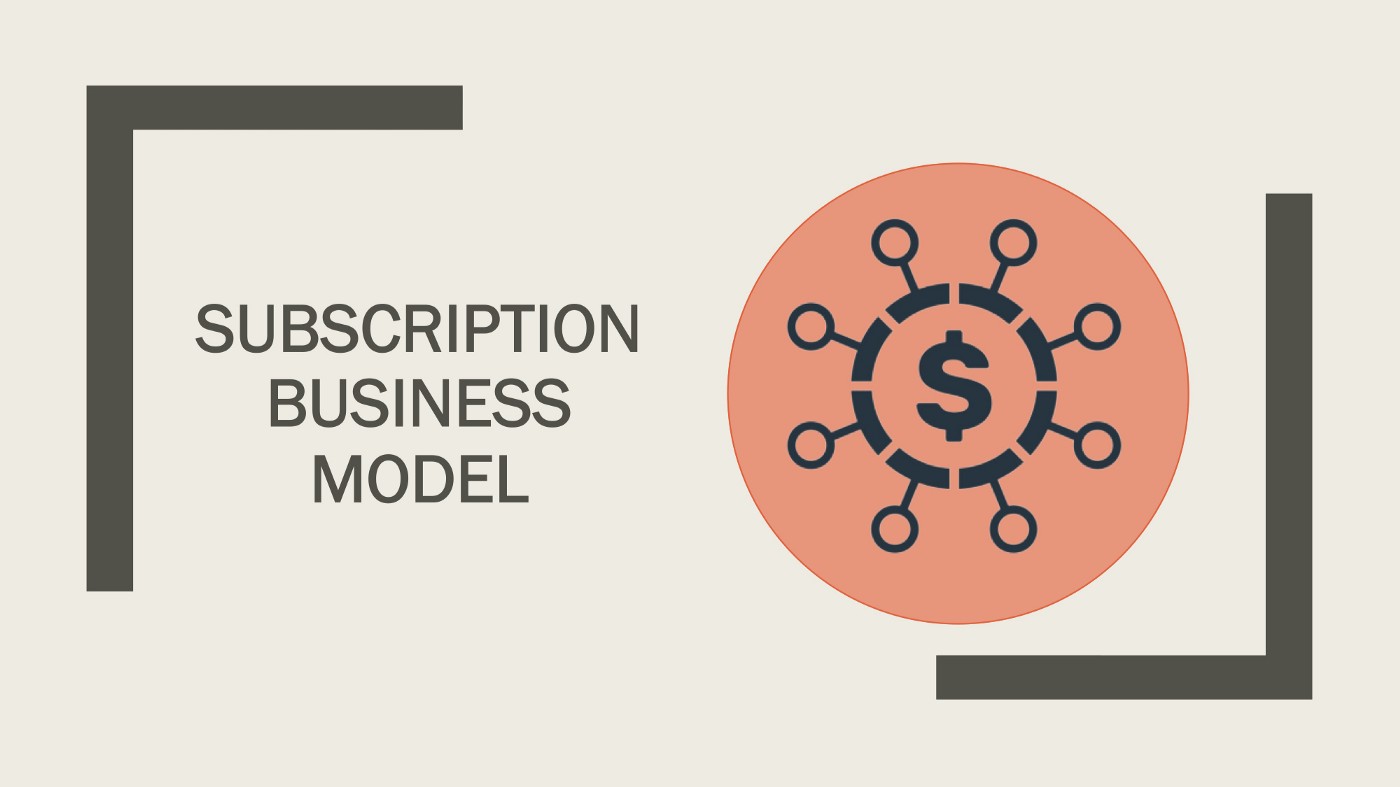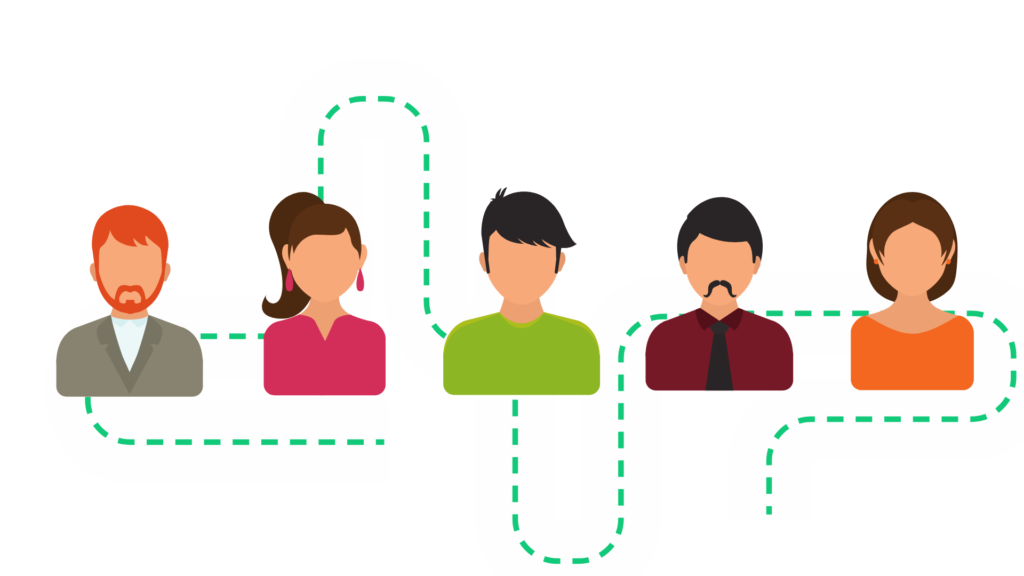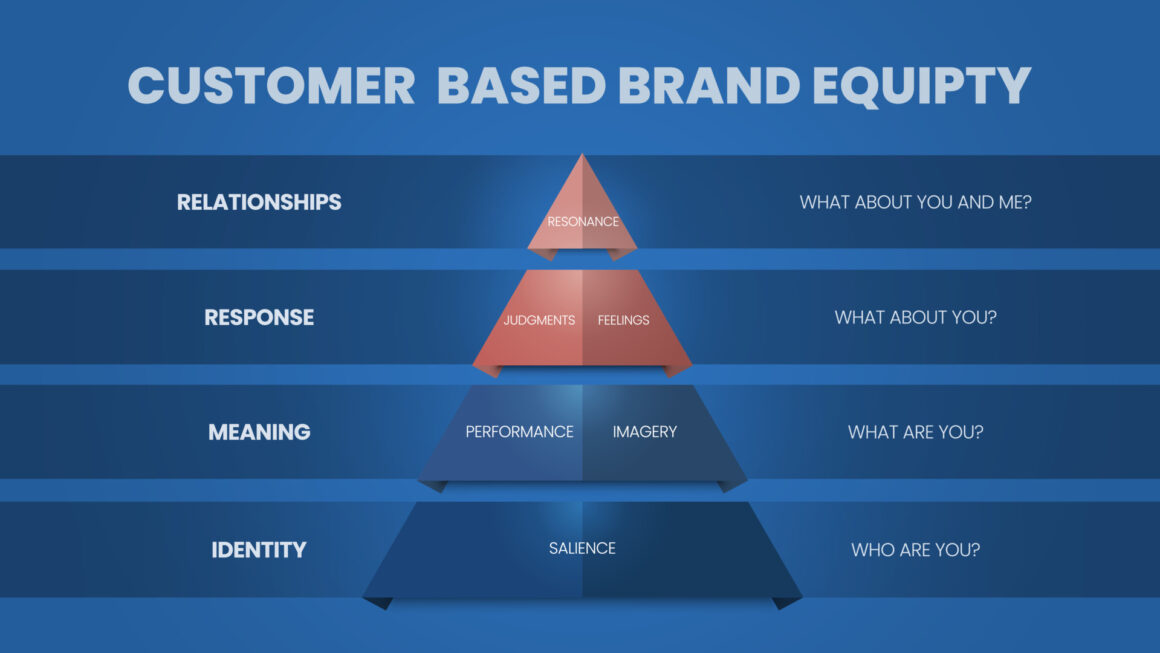Let’s face it: it’s 2022 and almost anybody we know is subscribed to some sort of service. Whether it is Netflix or Spotify, subscriptions have taken over the way we consume products.
This article covers the ins and outs of subscription based business models, ranging from pros and cons to various examples and how to measure success through different metrics.
Definition
In the subscription business model, customers have to pay recurring fee at a continuous interval to receive access to a product and/or service.
Subscription business models focus on retaining their customers while steadily adding new ones. A special emphasis is thereby put on maximizing the amount of time the customer stays subscribed.
And subscription models are certainly here to stay. According to a survey conducted by McKinsey & Company, 46 percent of customers already pay for at least one subscription service. That is supported by a 300 percent growth of the subscription industry in the past seven years alone!
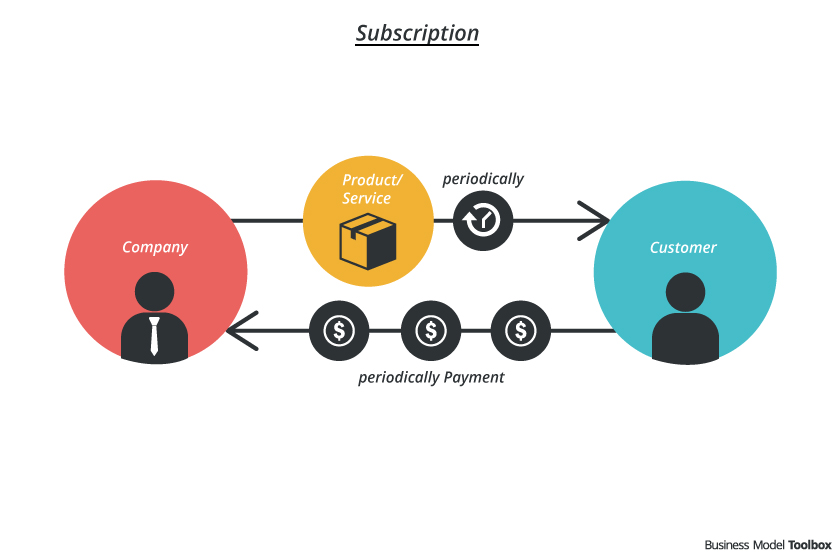
Examples Of Subscription Business Models
When we think of subscription businesses (or look at our bank account, for that matter), a few examples immediately come to mind. Netflix and Spotify are often seen as the de facto poster boys of this business model.
There is a multitude of other examples of successful companies built on subscription models. They differentiate themselves by the type of service they offer or the frequency at which the subscription is paid.
Let’s have a look into some of those.
Traditional Subscriptions
Although the subscription model has risen tremendously in popularity over the past few years, it is not certainly anything new or revolutionary.
Whether it’s your electricity bill or the gym membership, subscriptions have been part of our lives for decades. What has changed is the ease with which these can be cancelled as well as the internet allowing it to be distributed to exponentially more people.
Physical Subscription
Over the past couple of years, we have seen the rise of subscription models based on physical products. Customers pay a reoccurring fee to receive a steady supply of a given physical product.
Two companies, who were built on this premise, are Dollar Shave Club and the Quip toothbrush.
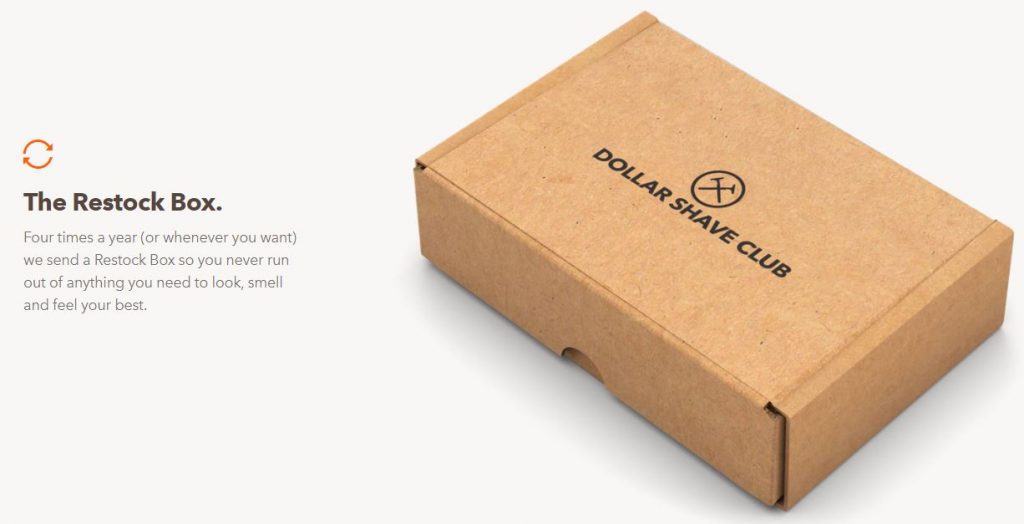
For instance, with Dollar Shave Club, customers can create a list of grooming products they need. Dollar Shave Club then sends you a set four times a year (or on any other preferred schedule).
As usual with subscription business models, customers can cancel the service at any time while enjoying free deliveries and a money back guarantee.
Content
Content subscriptions haven’t just started with Netflix. Thinking back a couple of decades ago, people were already subscribing to content in the form of news magazine or cable TV subscriptions.
As of recently, the likes of Apple and Disney have made a substantial push into subscription streaming services with the launch of Apple TV+ and Disney+.
Software as a Service (SaaS)
Another big trend in the subscription space is selling software at a monthly fee (called Software as a Service, or SaaS).
Back in the early days, companies like Adobe (creator of Photoshop, amongst others) or Microsoft used to charge a one-time price to get access to a piece of software. What happened often times is that companies stopped improving and offering support for that software, resulting in angry customers.
Nowadays, companies such as Grammarly or Slack have built their entire business around subscriptions.
Coupled With Hardware
A new trend we see is coupling existing hardware with a subscription based component. One of the companies perfecting this approach is Peloton.
Peloton is a producer of workout equipment such as treadmills and bikes. What is interesting about their business model is that customers, for a monthly fee of 39$, can subscribe to join live online workouts.
One of their many instructors leads these workouts, with people joining them from all over the world. Trainees can then compare their score to others and thus work to improve performance over time.
Discounts On Main Service
The best example of that approach is Amazon’s Prime service. Customers not only enjoy free deliveries, but can use Prime Video or Audible for free or receive discounts at various Amazon partner stores.
Amazon is thereby enhancing their core e-commerce service through the addition of a subscription. This has two major advantages:
-
- Customers have a greater commitment to the service and want to get break-even on their yearly Prime payment (and are thus more likelier to buy)
- Amazon can not only get to know their customers better (through higher engagement), but can cross-sell other products to them
Also Read: What Is Internet Of Things And How Does It Work?
Advantages Of The Subscription Business Model
If even a company like Apple moves from selling hardware to adding subscription-based layers to their business, you know that business model can be very profitable. Listed below are some of the major pros the subscription business model has to offer.
Predictable revenues. Every month, over 95 percent of Spotify customers remain loyal to and keep using their service. And that is certainly no outlier in this space. One major advantage of the subscription business model is that customers tend to stick to a service more often than not. That makes predicting revenue much easier and allows you to plan ahead long term.
Deep customer relationship. Customers are often deeply committed to their subscription and therefore use them very frequently. That allows the company to deepen their customer relationship. For instance, it becomes easier to collect customer feedback (as customers are more willing to share information). You then get to know them a lot better compared to a business, which only sells you a product once and then leaves you alone with it.
Ability to raise prices. If your customers are deeply interconnected with your product, it can be easier to raise prices. But beware: customers won’t swallow too many of those! Netflix, for instance, had 800,000 people leaving its DVD subscription service after a price increase.
Simplicity. Consumers often profit from the simplicity of subscribing to a given product or service. No complicated set-up process or hidden fees make it easier for subscription business to acquire customers.
Building an ecosystem. The Amazon Prime subscription not only offers free delivery, but gives customers access to Prime Video and Music, discounts at Whole Foods or early access on Prime deals. As Amazon holds a deep relationship with its customers and receives constant feedback, they were able to build a complete ecosystem around their prime membership. The multitude of benefits and simplicity of the service makes it very difficult for customers to unsubscribe.
Disadvantages Of The Subscription Business Model
While the subscription business model certainly has its pros, it isn’t completely without flaws.
High initial investments. Think about it: would you subscribe to Netflix if it had only ten movies? Most likely not. And it cost them a fortune to build up both the technology and content to have users sign up.
Easy to cancel. As easy as it is for you to sign up, canceling your subscription is equally simple. And it has to be. Part of the appeal of signing up to a subscription is the flexibility to cancel it and not drown in monthly payments.
Providing constant value. If your subscription starts to decrease in quality, you’d simply just cancel it (see previous point). Therefore, subscription based companies have to constantly update their product. Furthermore, you cannot afford too many major hiccups such as your servers not working or delays in delivery. Otherwise, those customers will switch to your competitors in no time.
Contract nerves. If you subscription business requires longer-term contracts (e.g. gym memberships), signing one can make people a little skittish. After all, they will commit to paying you for a fixed amount of time. It therefore can feel like a great commitment to the customer and something they might not be willing to take on.
Source: ProductMint
To read more content like this, subscribe to our newsletter
